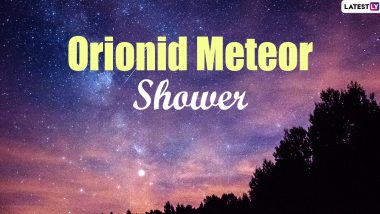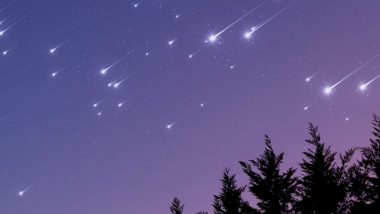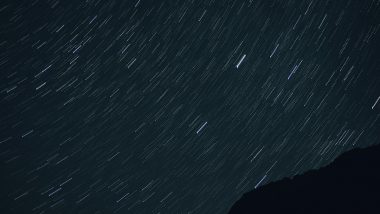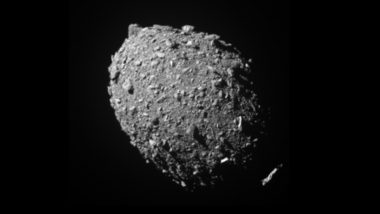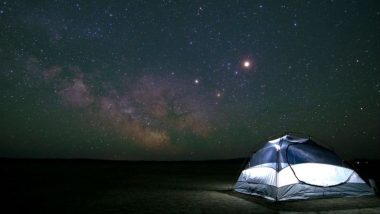October is a great month especially for those who love sky watching, stargazing, looking for planets. October started with a beautiful Harvest Moon and at the end of the month, there will be a second full moon, the Hunter Moon. Within these two occurrences, there is also a meteor shower that will peak later this month. The Orionid Meteor Shower 2020 will peak on October 21, but the activity starts tonight. The Orionid meteor shower is active from October 2 through November 7. Read on to know more details about the date, timings, how and where you can see these meteors flying across the sky. Harvest Moon 2020 Photos And Video: Gorgeous Full Moon Graces the Night Skies in October.
Orionid Meteor Shower Dates
The Orionid meteor shower puts on a spectacular display each year in the month of October. The peak period of the meteors is usually between October 20 to October 24. At its peak, you can see approximately 15 to 20 meteors an hour. But in some years, there have been more than 60 meteors recorded in an hour. The activity goes on for a month, so you may see one or two stars as of now too, if you are lucky enough.
What is Orionid Meteor Shower?
The Orionid meteor shower appears when Earth travels through debris from Halley's Comet. According to NASA, the Orionid meteor shower is one of the most beautiful showers of the year. These meteors travel very fast but leave behind a beautiful glowing trail, which makes watching them speaicl. The debris travel at about 148,000 miles per hour into the Earth's atmosphere. Also fast travelling meteors can explode into fireball-like displays, which NASA describes as "prolonged explosions of light." Oriniods get their name for the point in the sky that they originate from — near the Orion constellation.
How to Watch These Meteors?
For the best display of night sky, you need to be far away from the city lights, or any kind of night pollution. So head to a silent spot away from the hustle bustle. The meteors peak a few hours after midnight and in the early hours of dawn. Any time between midnight and dawn is the best to look out for meteors. You will have to get used to staring into the night sky and adjust your vision to spotting stars and objects more clearly. Once you see a few meteors, you will see them more prominently.
(The above story first appeared on LatestLY on Oct 02, 2020 08:16 PM IST. For more news and updates on politics, world, sports, entertainment and lifestyle, log on to our website latestly.com).













 Quickly
Quickly








